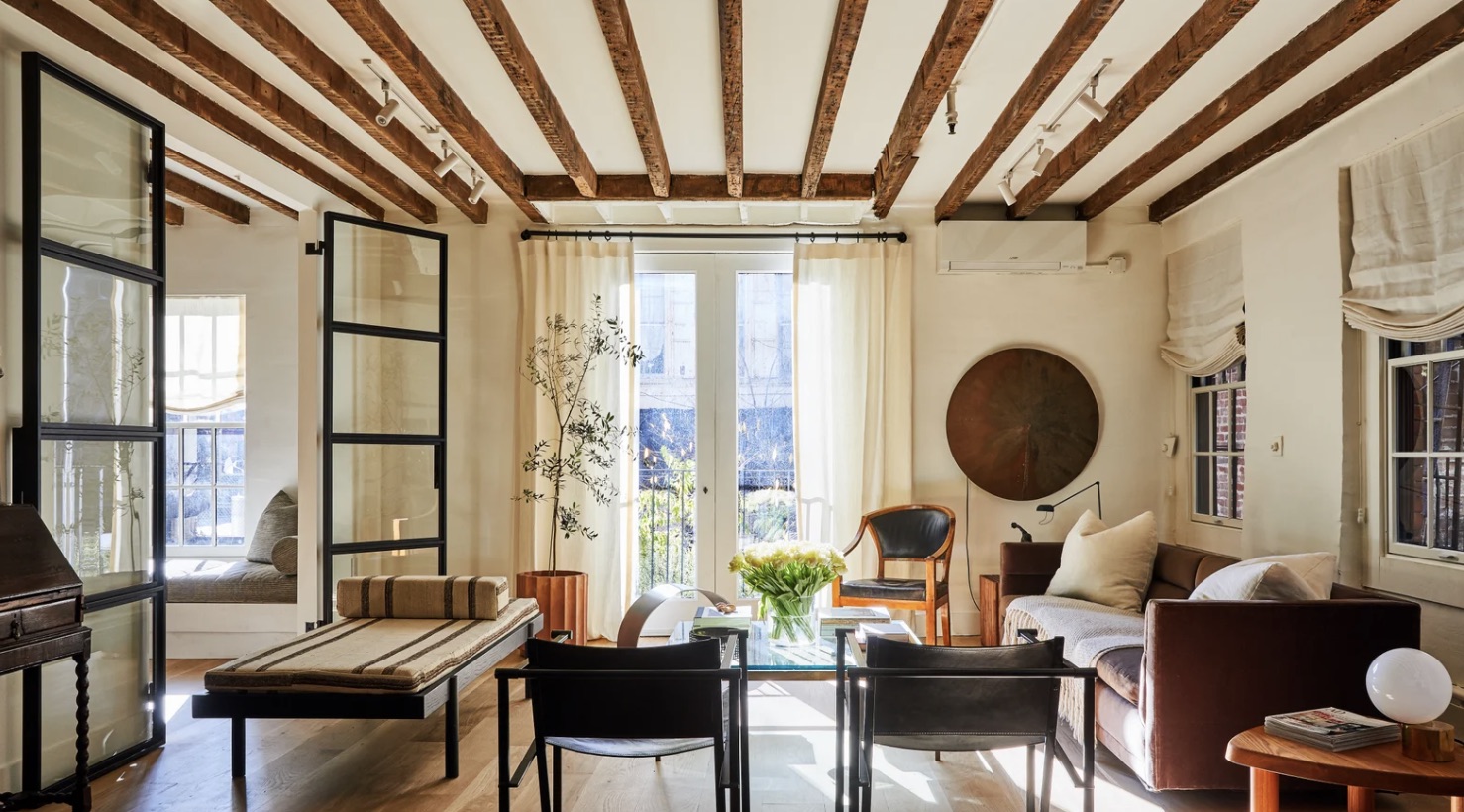When we look into the future, we knew the impact of coronavirus would be a factor. But some of the trends we are witnessing were already influencing design before Covid-19—the virus merely pushed them to a tipping point. Read more, ‘The Dream Home Has Changed.’
The enthusiasm for open plans will wither: The open-concept floor plan has become less appealing in recent years, and the pandemic has put a further nail in that proverbial coffin. So too with the multigenerational home. This antidote to expensive solo living became more urgent after the quarantine separated grandparents from grandchildren, and independent children moved home. Suburbs are set to get more urbane, we’ll increasingly yearn for zen and gargantuan sofas will lose weight.
Here, the top design trends coming to your door, all of them uplifting. Plus, a look back at our best design predictions from the 2010s.
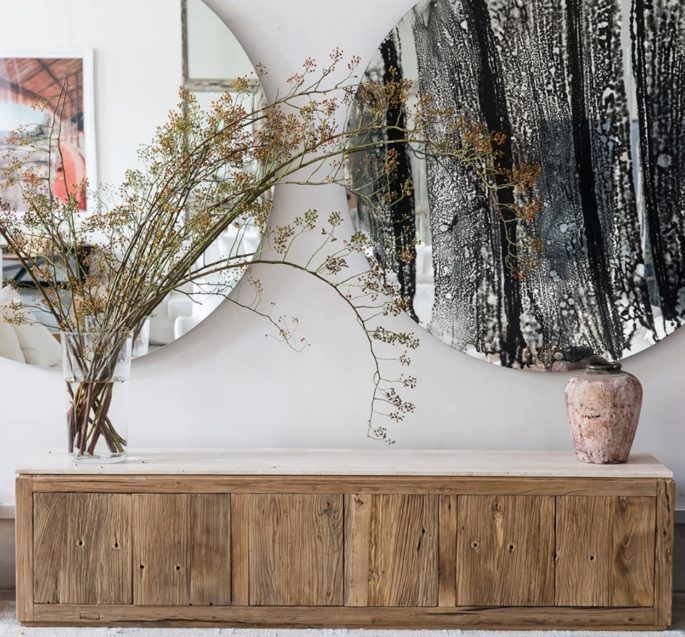
MCM House Furniture, mcmhouse.com
1. We’ll crave nature
Our plugged-in culture has left us thirsting for homes that welcome the sky, the sun, a breeze. Lack a quarter acre? We’ll see windows open, Juliet balconies, and tiny terraces. Even a skylight offers a reprieve from connectivity. Read more, ‘How To Create Outdoor Rooms.’
2. We’ll reject open-plans
The open-concept layout, already losing lustre pre-pandemic, is stifling us as we all work and learn from home. Defined spaces that distinguish between work and play create a cadence to our days. But rabbit warrens of walls won’t return. Read more, ‘9 Design Trends We’ll Be Seeing In The Very Near Future.’
The key is to define spaces while keeping the fluidity between them. Think interior windows and strategic sightlines.
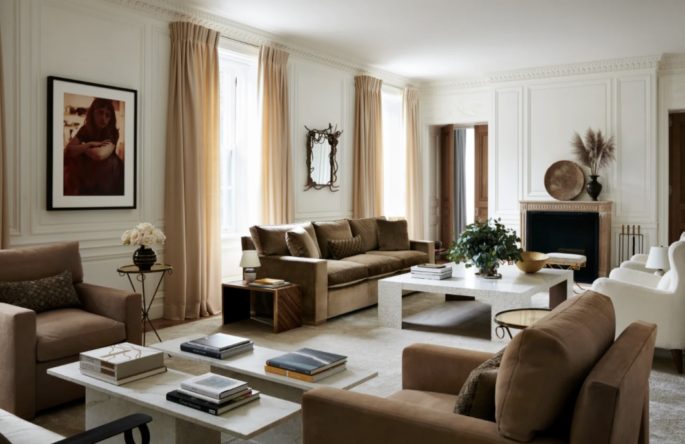
A Chicago residence (pictured above) by Atelier AM shows how we are rejecting open-plan layouts in favour for defined spaces. Think interior windows and strategic sight lines. Image via ArchitecturalDigest.com
3. Suburbs will get urbane
Millennials who’ve been loving city life now want a house. A possible return to the McMansions our generation historically shunned relies on edgy art and aged-brass hardware to bring an urban aesthetic to a suburban residence. Read more, ‘The 9 (And Most Stubborn) Design Trends.’
City buyers are worried about shedding their city identities.
4. We’ll yearn for zen
Home gyms will evolve beyond a place to pump your Peloton. “Wellness rooms” will include yoga and barre studios, steam rooms and infrared saunas. People will want it all at home and beautiful to boot. Expect to see meditation rooms —with things like upholstered Lucite platforms, gauzy drapes and teak chairs—in city houses. People are wanting more space to reflect and restore. Read more, ‘Can You Design A Happy Home? It’s Easier Than It Looks.’
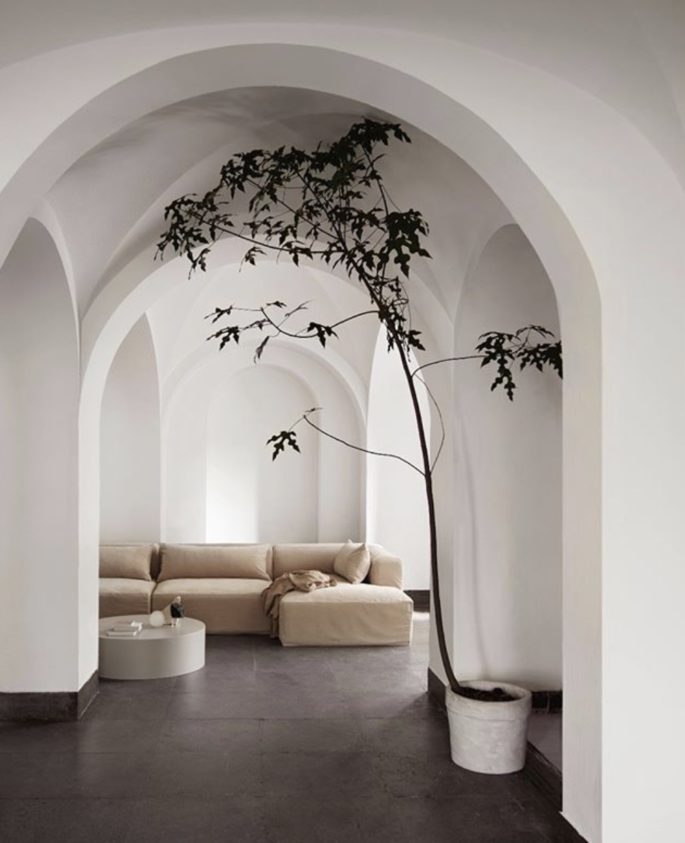
People are wanting more living space to reflect and restore. Image via TineK Home catalogue 2021.
5. We’ll wash hands a lot
The 1918 Spanish flu outbreak gave rise to the entryway powder room and easily cleaned white subway tile. Equally, our new virus consciousness will generate vestibules that include sinks, plus storage for shoes and packages. Read more, ‘How Previous Epidemics Impacted Home Design.’
As keeping germs from entering the house becomes a priority, layouts that accommodate a tricked-out mudroom will be the home’s highest-traffic entry point.
6. Sofas will lose weight
You’re not imagining it—furniture has gotten bigger and it peaked in the 2010s. Large-scale Restoration Hardware gargantuan pieces will be replaced with more compact pieces, as modest sofas become more desirable, and top sellers.

Ryan Murphy and David Miller’s Provincetown guest home (pictured above) by David Cafiero which demonstrated the trend for more compact sofas. Image via ArchitecturalDigest.com
7. Generations will mingle
Housing three generations under one roof will be a trend that reflects the high cost of independent living and an increased desire for closeness. People will increasingly revise home plans to make room for extended family.
We will see more new luxury homes with multiple master bedrooms and separate apartments for parents or returning children.
8. We’ll shop ‘woke’
Homeowners will increasingly invest in heirloom-quality rather than throwaway pieces. Maker-made items are “hot,” as people are increasingly conscious of where their money goes. Read more, ‘You Won’t Want To Miss This Spring House & Garden Auction.’
There is more mindfulness behind decisions that were previously about fast fixes.
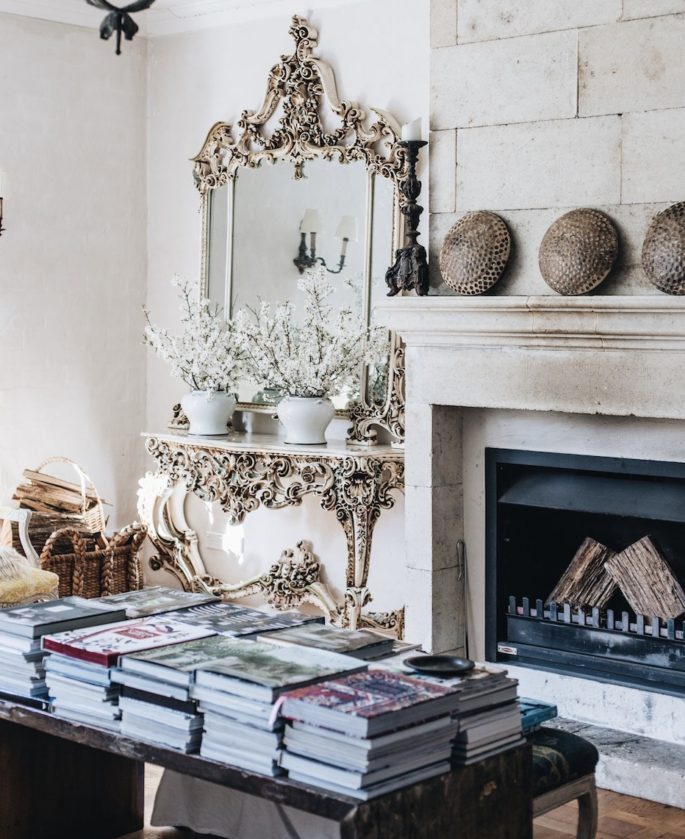
Shopping through auction sites is the new status quo for most ages these days, while nabbing a bargain you will also be able to pick up on one off pieces, lawsons.com.au
9. Design will soften
Rigid rectilinear design will further recede. Think beyond curved sofas and rounded-back chairs to curved benchtops, walls and moulding such as architraves, skirtings, etc. Read more, ‘These Are The 10 Design Requests People Will Make Post-Pandemic.’
The psychology of shapes shows us that hard edges represent order and discipline, round and organic shapes evoke harmony and warmth.
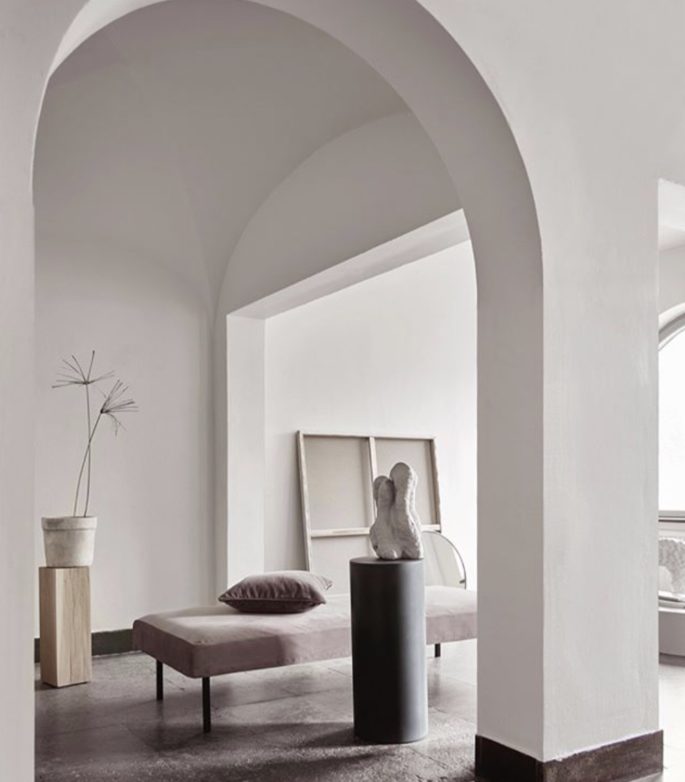
Image via Tine K Home
10. WFH will dominate
Home-office requests have become standard, but not always for the traditional desk with formidable leather chair. Expect to see charging stations in pool cabanas and videoconferencing with stylish backdrops.
People are getting professional design advice to restyle their home offices or help curate artwork. NB* Lead image ASH NYC principal Ari Heckman’s SoHo apartment. Read more, ‘How To Work From Home If You’ve Never Done It Before.’
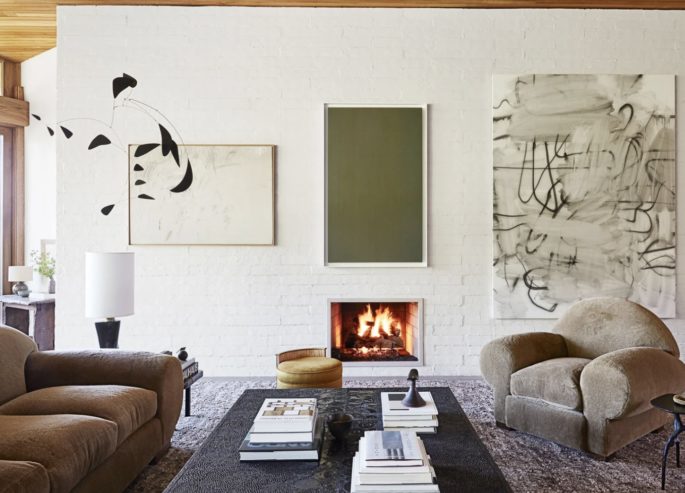
A sitting area in a Beverly Hills house (pictured above) designed by Kathleen and Tommy Clements of Clements Design. Via ArchitecturalDigest.com
10 Times Our Trend Forecasts Were Ahead of the Curve:
ONE: In 2008, we talked about it being cool to mix old and new, natural with synthetic, cool with warm, smooth with rough. And the concept of contrast. Texture was yet to hit its stride.
TWO: In 2009, we introduced readers to the art of de-cluttering – five years later an onslaught of books led by Marie Kondo touting tidying up and the ruthless war on stuff, introduced the world to the lifechanging magic of living only with things that spark joy.
THREE: In the same year, we predicted, it was time to buy less, but buy better. A motto for our times.
FOUR: In 2010 only top designers could tell the difference between Vivid White, Lexicon and Whisper White – three white paints we picked from Dulux’s mind-boogling 6000-range – which today are cult choices in homes all around the country.
FIVE: In 2010, we named architectural salvage and reclaimed materials the new sustainable choice to build your house around. From floors to doors, fireplace to windows, fountains and vintage furniture – as their construction is of a high standard. Today, millennials are shopping auction and salvage yards in unseen numbers.
SIX: In 2011, we saw that brass was edging out silvery cousins stainless and nickel. Today, few chic homes are without brass kitchen-faucet hardware.
SEVEN: In 2012 handmade, misshapen dinnerware would become the next big thing. Today, it graces most tables – replacing more formal white china.
EIGHT: In 2013, we backed home bars and bar trolleys – before they hit the mainstream.
NINE: In 2014 we championed the migration of traditionally casual, outdoor wicker and rattan furniture to formal living areas. The material is still regularly woven into interior designs.
TEN: In 2015, four years before organic curves went big time, we noticed the trend for nature-inspired shapes that hug the body and promote a sense of comfort. Where softly rounded contours feel as beautiful as they look. We commented, well being was just as important as appearance..

